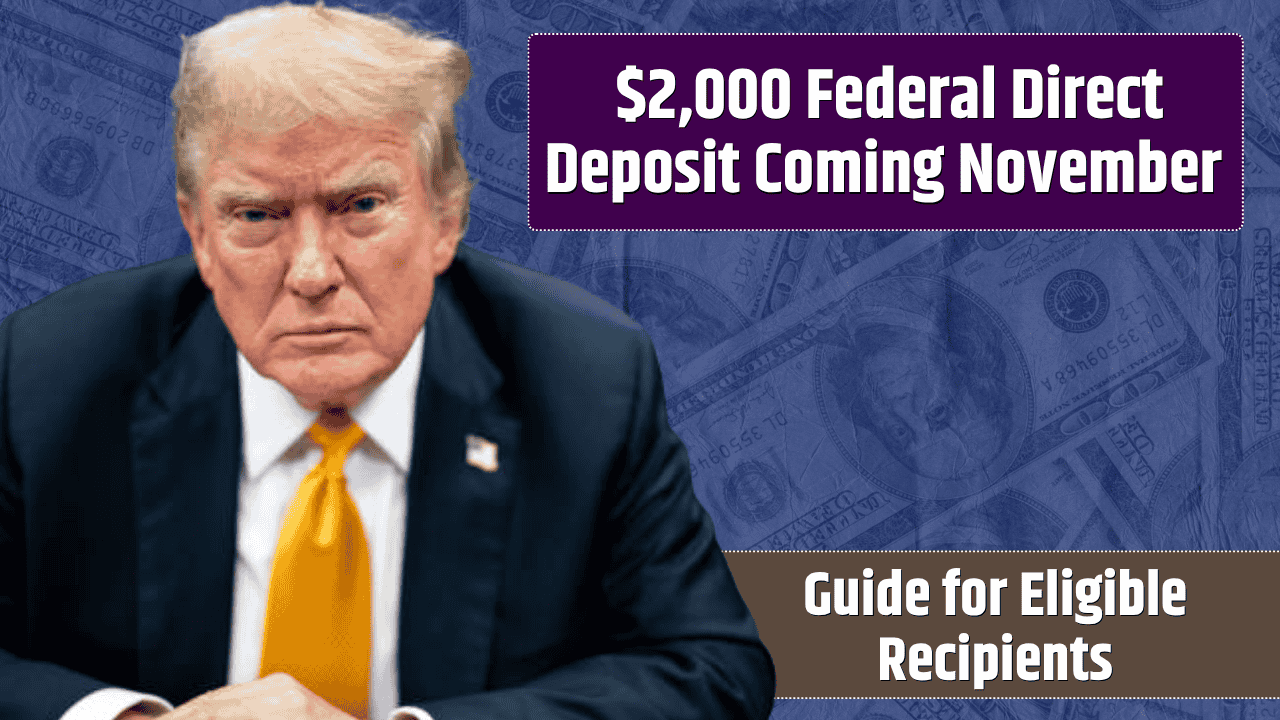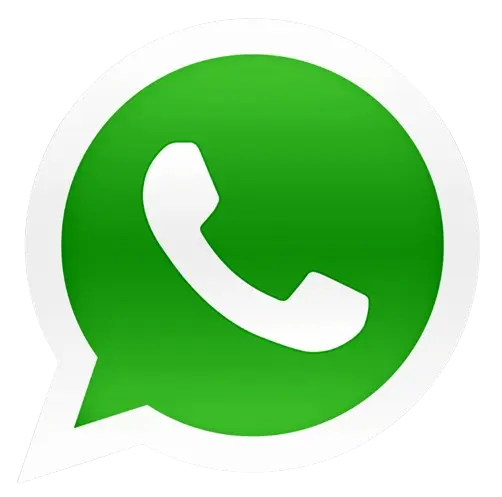$2,000 Federal Direct Deposit:As the 2025 holiday season approaches, many Americans are about to receive welcome financial relief—a $2,000 federal direct deposit in November 2025. For countless families and individuals still struggling with high living costs, this payment will bring not only money but also a measure of stability and hope.
Supported by the U.S. Department of the Treasury and managed by the Internal Revenue Service (IRS), this initiative aims to ease financial pressure for eligible citizens. Whether you’re retired, a working parent, or someone on a fixed income, this guide will help you understand who’s eligible, how payments will be distributed, and what to expect from this program.
What is a $2,000 Federal Direct Deposit?
A $2,000 federal direct deposit is a one-time relief payment designed to help American families manage ongoing inflation and rising living expenses. Although it’s not officially called a “stimulus check,” it works much the same way—delivering additional money directly to those who need it most.
The IRS will distribute these payments automatically using existing taxpayer and federal benefit records. Most recipients will receive their funds via direct deposit, but others may receive paper checks or prepaid debit cards if they don’t have a bank account registered.
The goal is simple: to provide immediate assistance to families as they prepare for the end of the year and to stimulate local economies.
Eligibility Criteria for $2,000 Payments
The government has designed income-based eligibility to ensure that payments reach low- and middle-income families most affected by inflation. These criteria are similar to those used in previous relief programs, such as pandemic-era stimulus checks.
| Filing Status | Adjusted Gross Income (AGI) Limit | Payment Amount |
|---|---|---|
| Single | Up to $75,000 | Full $2,000 |
| Married Filing Jointly | Up to $150,000 | $4,000 per couple |
| Head of Household | Up to $112,500 | Full $2,000 |
| Above income limits | Gradual phase-out | Reduced payment |
In addition to taxpayers, the following groups are also expected to receive payments automatically:
- Social Security (SSI, SSDI) recipients
- Veterans Affairs (VA) beneficiaries
- Railway Retirement recipients
- Low-income non-filers, based on IRS or SSA data
If your income exceeds the limit, you may still receive a reduced amount based on your 2024 tax return.
When will Payments Arrive?
According to preliminary updates from the Treasury and IRS, federal direct deposits of $2,000 will be sent in phases through November 2025:
- November 8-15: Direct deposits to eligible taxpayers with active bank accounts.
- November 16-22: Payments to Social Security, SSDI, SSI, and VA beneficiaries.
- November 23-30: Paper checks and prepaid debit cards will be sent to the remaining recipients.
Most citizens who previously received federal payments through direct deposit will receive them first, while checks sent by mail may take slightly longer due to mail delivery times.
IRS Instructions for Recipients
To ensure your $2,000 direct deposit arrives safely and without delay, the IRS advises recipients to take the following steps:
-
Update your information:
Log into your IRS account or check IRS.gov to confirm that your bank details and mailing address are current. -
File your 2024 tax return:
Even if you earned no or minimal income, filing your return ensures the IRS has your latest information to determine eligibility. -
Avoid scams:
Be alert for fake calls, texts, or emails claiming to be from the IRS. The IRS will never contact you to request personal or banking details. Always verify updates on official websites. -
Use the “Get My Payment” tool:
When disbursements begin, you can track your payment status online, just like previous relief programs.
Why this payment is important
For millions of Americans, this payment couldn’t come at a better time. With rising costs for utility bills, groceries, and healthcare, this $2,000 relief could help families navigate the expensive winter months.
For the elderly, it provides much-needed relief—perhaps enough to cover prescription drug costs or other essentials. For working families, it could mean paying rent or paying off credit card debt.
Beyond individual families, these payments can also help local economies by boosting spending in small businesses and communities. This relief reaches not just pockets, but towns, cities, and livelihoods.
Frequently Asked Questions (FAQs)
1. Who qualifies for the $2,000 federal payment?
U.S. citizens with incomes under $75,000 (single) or $150,000 (married filing jointly) are eligible. Seniors and benefit recipients are automatically included.
2. Do I need to apply for the payment?
No. Payments will be automatically distributed based on your 2024 tax return or benefit records with the IRS, SSA, or VA.
3. How will I receive my payment?
If you have direct deposit information on file, you’ll receive funds in your bank account. Otherwise, a paper check or prepaid debit card will be mailed to you.
4. Is the $2,000 payment taxable?
No. The payment is non-taxable and won’t affect your Social Security or other federal benefits.
5. When will I get my money?
Most eligible Americans will receive payments between November 8 and November 30, 2025, depending on their payment method.
6. What should I do if I don’t receive my payment?
If your payment doesn’t arrive by the end of November, you may claim it as a refundable credit when filing your 2025 tax return next year.

